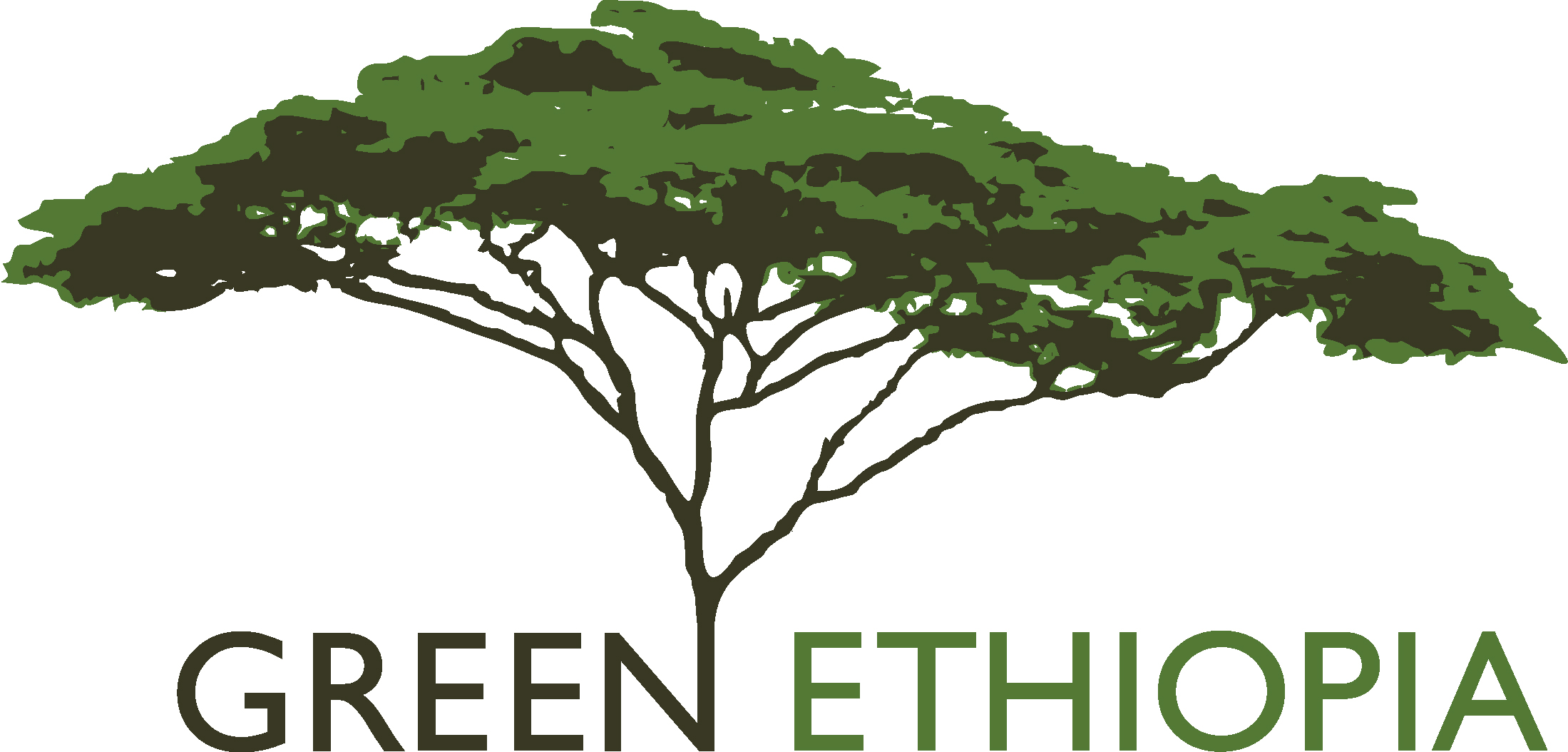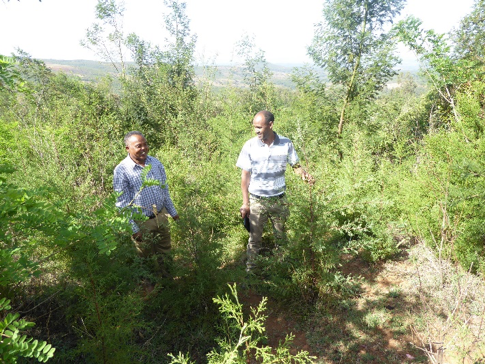
Project Goal: 60.000,00 € Financed: 0,00 € Missing: 60.000,00 €

In 2020 we started our afforestation project in Ethiopia, hoping to plant a total of 600,000 trees by the end of 2024. Within only five years, these trees will absorb millions of kg of CO₂ from our atmosphere.
But trees do a lot more than "just" bind CO2. Through reforestation, we are improving the food security of the locals, as well as their water supply - this way, we are fighting poverty on the ground in a sustainable manner.

Ethiopia, Africa
 Künstliche Kanäle
Künstliche Kanäle  Baumschule
Baumschule  Bodenbearbeitung für Pflanzungen
Bodenbearbeitung für Pflanzungen  Die neuen Setzlinge
Die neuen Setzlinge  Resultat nach drei Jahren
Resultat nach drei Jahren Did you know? Studies suggest that nothing is as effective in combatting climate change as afforestation. Newly-planted trees have the potential to absorb up to ⅔ of man-made CO2 emissions generated so far. That's why we made it our goal to have planted a total of 600,000 trees in Ethiopia by the end of 2024. Within the next five years alone, these trees will absorb about 30,000,000 kg of CO2 from our atmosphere.
But trees do a lot more than "just" bind CO2. Through reforestation, our project with Green Ethiopia helps to sustainably improve people's livelihoods through afforestation by supporting their food security and improving the water supply. That's because - a lesser-known side effect - forests store water: they stop the water from running off during the rainy season, so that instead, the water penetrates into the ground and after some months, it re-appears at the surface at the bottom of the mountains and hills. Fresh water springs develop and ponds and pools evolve during the month-long dry season.
Now the water is available for people, animals and plants: it's collected in dams, wells and ponds, and finally, canals lead it to the farming fields. There it is used for the irrigation of crops, such as corn, beans, vegetables and fruit trees during the dry season, thus enriching the diets of entire families. In addition, locals can sell some of the excess production of fruits and vegetables on the market to earn some extra income.
Bare hills are the starting point for Green Ethiopia's projects. The fields at the foot of those hills lack moisture within the soil and so there is a danger of erosion, flooding, and desertification. To counteract that development, Green Ethiopia plants tree seedlings over a period of about six months during the dry season.
Before planting the seedlings, the soil has to be prepared, so that the seedlings grow well during the rainy season and survive the next dry season unscathed. The seedlings grow into trees within only a few years; after one year, the grass grows back, after two years there is water in the brooks, and after about five years, the trees already have a height of about five meters.
Thank you for your feedback! We'll reply on your comments as fast as possible.
